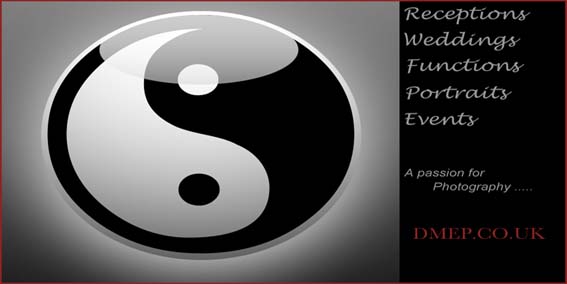Guest Post & Photo by Joe Farace – Follow Joe on Twitter
One of a photographer’s most important skill sets for creating glamour photographs is knowing how to pose models. When working with beginning models, it’s essential to develop an understanding of posing techniques to assist your model and before you start posing a model your should consider how and where the photos are going to be used. Regardless of the final usage, here are some suggestions for creating poses that work:
#1. Keep the poses simple. If your model can’t easily put her body into the pose you’re suggesting, it’s not a good pose. Poses should flow naturally and when a model is in a good pose, it shouldn’t look like a pose at all. She should look at ease and if the viewer is thinking more about the pose than the model, it’s probably not a great pose.
#2. Avoid dated poses. Just as lighting techniques change over time, so do poses. Take a look at magazines from the fifties or sixties. Not only will the lighting, hairstyles, and makeup have a dated look but many poses, will have a cheesecake or pinup style that can be fun to make these days only for retro-oriented models. Current styles are more sensual, provocative and to overuse that word again–natural.
#3. Let your model sit or lean on a prop. Nothing is harder for a beginning model to do than standing in front of a blank seamless paper and striking different poses. Look around and see if you model has something to lean or sit on. You’ll be surprised how quickly a model’s pose becomes elegant if she’s given a comfortable prop to work with.
#4. Hide your model’s flaws. No subject is perfect and you can fix some flaws with posing. Heavier subjects should never be posed with their shoulders square to the camera. It’s also a good idea to ask them to shift their weight to the foot that’s farthest from the camera to avoid a flat-footed pose that makes a subject looks like they are just standing there—even if they’re just standing there! Conversely, you can pose thinner subjects so they’re square to the camera to give their body more weight and depth.
#5. Just as poses can hide flaws, they can also emphasize your model’s best attributes. Look for her strong points and accent those. Are her eyes particularly beautiful? Does she have long shapely legs or long, flowing hair? These are all aspects to consider.
#6. Don’t get fussy about posing a subject. To show a subject how to stand, I’ll put myself in a pose but let her give me her interpretation. Once she’s comfortable, I select camera angles that accent a model’s good points and minimize anything she’s self-conscious about. Never just point the camera and hope that’s the right shot. Move around and watch the background too. The most technically perfect photographs made with the most expensive equipment won’t make up for the look—you’ll see it in her eyes—of a subject who isn’t part of the creative process.
#7. One way to increase communications is to show the model some of the images on your digital camera’s LCD screen as you make them. I don’t show her every shot, just the ones I like and that often gets her motivated resulting in better images. Seeing how great she looks also gives her confidence in your abilities and makes the session progress smoother.
Joe is the author of a new book called Joe Farace’s Glamour Photography – published by Amherst Media.
___
This post sponsored by Rogue Flash Benders – distributed by Expo Imaging



No comments:
Post a Comment